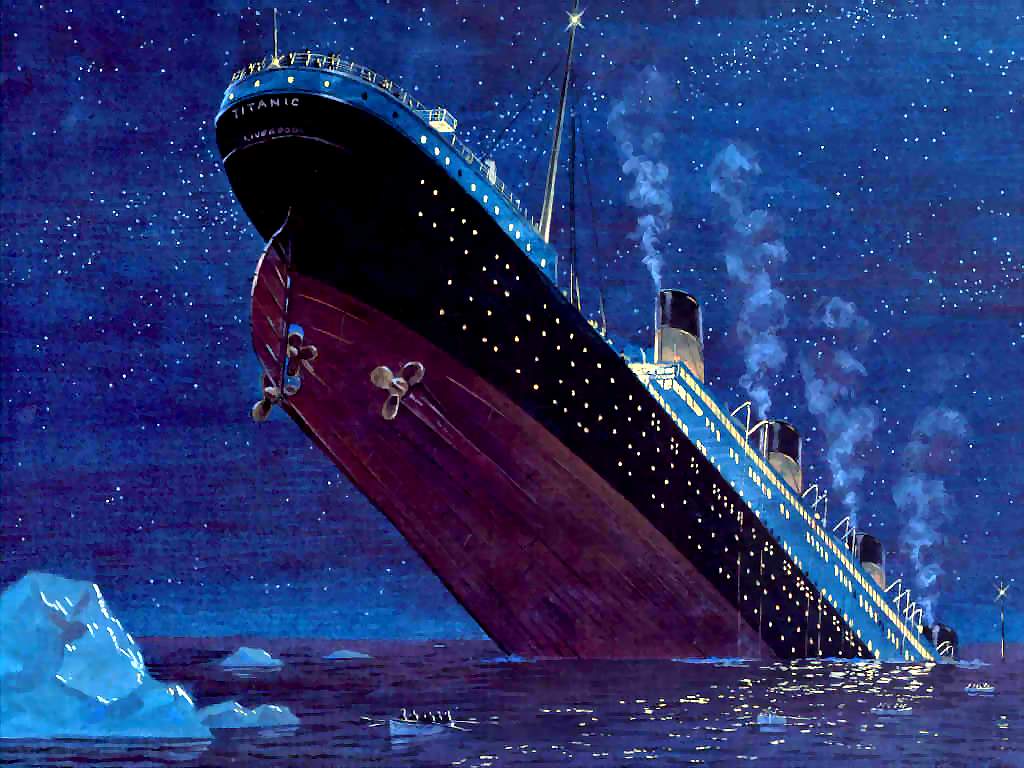I specialize in writing about unusual inventions that fail in the marketplace despite their innovative nature. As a result, I see a lot of failure both in business and people's lives. In fact, it's no exaggeration to say that failure is all around us. Consider the following:
•40 to 50 percent of all new businesses will go under within their first five years
•Less than 1 percent of U.S. patents are commercially viable
•The failure rate for new grocery products in the supermarket is between 70 percent and 80 percent
•70 percent of all management "change initiatives" fail
•70 percent of intergenerational wealth transfers are squandered by their heirs
•Approximately 70 percent of all World Bank loans are never repaid
•At least 80 percent of all movies, books and video games released in the United States don't make a profit
•And more than 99 percent of all species that ever lived are now extinct--which means even evolution has a high failure rate.
It may be easy to quibble with the above without throwing in divorce rates, but there's no masking the fact that most of what we do will fail. Perhaps that's why our culture fetishizes success even though we experience failure far more regularly. Nevertheless, we remain blind to failure. It's almost as if we can't accept how much goes wrong in the world without it undermining our ability to show up for work.
Despite its stigma, failure has a lot to teach us. Thomas Edison, Henry Ford, Nikola Tesla, Milton Hershey and countless other inventors, entrepreneurs, artists and businessmen not only failed repeatedly, but learned to profit from their failures.
Take for example two of the most famous disasters in recent history: the sinking of the Titanic in 1912, and the 1940 collapse of the Tacoma Narrows Bridge. One resulted in making the world's passenger ships far safer, while the other did the same for suspension bridges. If these disasters had never happened there's no telling how long it would have taken to identify and correct their devastating defects. In other words, failure contains the lesson for its own prevention...except when it doesn't.

I'd be less than honest, however, if I didn't point out that applying failure's lesson to subsequent efforts doesn't necessarily guarantee success. Did the space shuttle Challenger explosion prevent Columbia's loss? Did the near melt down at Three Mile Island stop Chernobyl? Applying the lessons we learn from failure can help make the world a safer place...except when it doesn't. That's the thing about failure. It's unpredictable.
One of the most colossal yet little known failures of World War II was a squadron of underwater aircraft carriers purpose-built by Japan to launch a surprise aerial attack against New York City and Washington, DC. Western historians dismiss the Japanese undertaking largely because it was unsuccessful. Yet Japan's I-400 class of submarines foreshadowed the sub-based, nuclear-missile deterrent strategy the U.S. relies on today. In other words, failure isn't always what it seems.
I was particularly struck by how the surviving officers and crew of these giant subs felt about their mission seventy years later. Though they knew they had little chance of success, they considered the undertaking so important they were willing to stake their lives on it. Even when their mission failed they considered it the most formative experience of their life. In fact, what they learned from the undertaking was far more important than whether it succeeded.
We often learn more from failure than success. Why then does our culture stigmatize it so? Why do we worship success when statistics suggest failure is the rule not the exception?
Some companies embrace high failure rates by planning for it. Three out of every four venture-backed start-ups go under. Nevertheless, by building a high failure rate into their business model, venture capitalists take the kind of risks that allow them to make money, lots of it.
Pixar's motto, "fail early, fail often," is another example of a company planning for things to go wrong. By building a story development process that spots narrative problems early, Pixar has created a track record of much-loved movies that Hollywood can only envy.
Unfortunately, failure is something most of us want to avoid. The problem with this approach is that ignoring failure won't make it go away, it only encourages it.
Nevertheless, just because a person fails doesn't mean the effort wasn't worth it as most inventors (and the crew of the I-400 submarines) will tell you. Those that fail and learn from it are less likely to make the same mistake twice. And if they do, well, sometimes failure has its own rewards.
In the meantime, failure is all around us. The Costa Concordia, Deepwater Horizon drilling platform and Daiichi Fukushima nuclear plants are just three current examples. Blame statistics, probability, God, or fate life's dirty secret is most things will fail. That's why we need to learn from our failures not be devastated by them. Hard work alone doesn't guarantee success. Only planning for failure can do that.